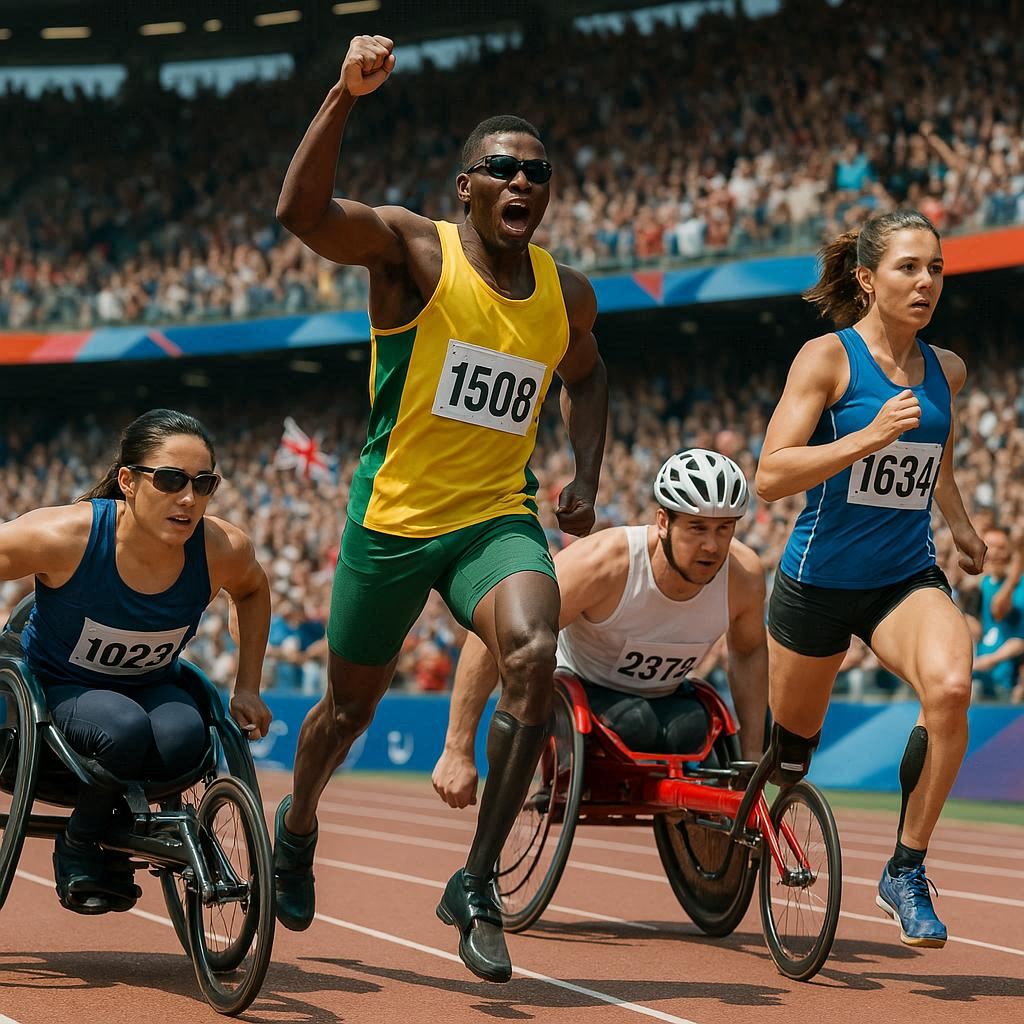Archery paralympics showcase the incredible determination and skill of athletes with disabilities who master the art of precision shooting on one of the biggest sporting stages in the world. This unique blend of focus, resilience, and strategy highlights not just physical ability, but also the mental strength required to excel under pressure.
The Evolution of Archery in the Paralympic Games
Archery made its debut at the first official Paralympic Games in 1960 in Rome. From that moment, it became one of the most admired competitions, offering a platform for athletes with physical impairments to compete at the highest level. Over the decades, equipment, training methods, and classifications have advanced, making the archery paralympics both more competitive and inclusive.
Today, athletes from across the globe gather to demonstrate that disability does not limit talent. What once began with a small number of participants has grown into a vibrant competition drawing widespread attention from fans, coaches, and fellow athletes alike.
Classifications and Fair Competition
One of the defining aspects of the archery paralympics is the classification system. This ensures athletes compete fairly against others with similar levels of physical function. Categories often include open and W1 divisions, where athletes may use wheelchairs, prosthetics, or adaptive equipment.
In practice, this means that every competitor, regardless of physical impairment, has a genuine chance to aim for medals. Archers use recurve or compound bows, and some even employ mouth tabs or mechanical releases to shoot. This adaptive ingenuity reflects the spirit of the games—where creativity meets determination.
Training and Preparation
Behind the scenes, preparation for the archery paralympics is just as rigorous as in any other elite sport. Athletes train for hours daily, focusing on technique, endurance, and mental strength. Coaches emphasize breathing control, muscle memory, and visualization techniques, because in archery, consistency is everything.
Beyond physical drills, psychological readiness plays a massive role. Pressure in high-stakes moments can shake even the most experienced competitor. Mental resilience, therefore, is cultivated through sports psychology sessions and scenario-based training. The goal is to remain calm and composed while releasing arrows under global spotlight.
Inspirational Stories of Athletes
The heart of the archery paralympics lies in the personal journeys of its competitors. Many athletes have overcome accidents, illnesses, or congenital conditions to rise to the elite stage. Their stories highlight resilience and inspire millions watching worldwide.
Take, for example, an athlete who lost mobility after a severe injury yet turned adversity into motivation by taking up archery. Others may have trained for years in isolation before finally making their mark at the games. Each competitor embodies courage, transforming personal challenges into triumph.
Global Recognition and Growing Popularity
Over time, the archery paralympics have gained recognition as a must-watch event. Media coverage, social platforms, and live broadcasts now allow millions to follow the action in real time. This global attention doesn’t just celebrate athletes—it also raises awareness about adaptive sports and inclusivity.
Many young athletes with disabilities are now inspired to take up archery after witnessing the performances of their role models. As a result, grassroots programs and local clubs worldwide are expanding, helping to build the next generation of Paralympic champions.
Technology and Equipment Advances
Modern equipment has revolutionized the archery paralympics. Adaptive devices allow athletes to shoot with precision despite various physical challenges. Adjustable bows, custom grips, and specialized release aids give competitors the tools they need to perform at world-class levels.
The integration of technology also helps coaches analyze form, arrow trajectory, and consistency. These insights enable athletes to fine-tune their skills, pushing the sport to ever greater heights.
Conclusion: More Than Just Sport
The archery paralympics are far more than a competition. They symbolize resilience, inclusion, and the celebration of human potential. Every arrow shot carries a message—that ability, not disability, defines an athlete. With each edition of the games, the sport grows in skill, audience, and impact, leaving a lasting legacy for future generations.
